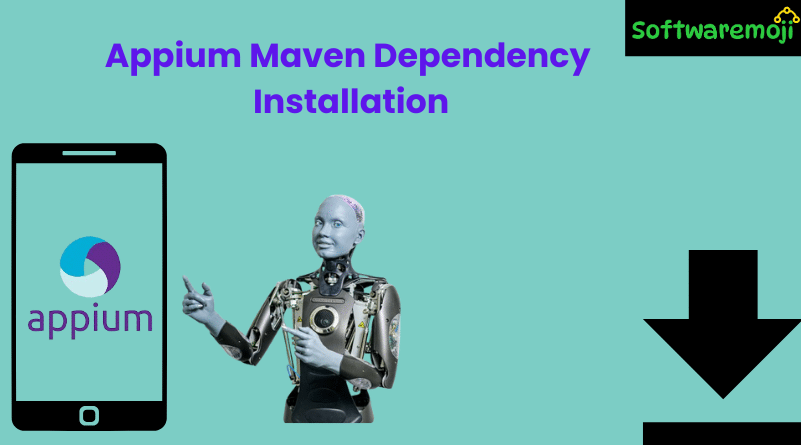
Appium Maven Dependency Installation
Introduction
Appium Maven Dependency Installation: Apache Maven is a popular project management and build automation tool used for Java applications. In mobile automation testing, Maven simplifies the management of dependencies like Appium, making your test automation framework modular and easy to maintain.
In this tutorial, you’ll learn:
- What is Apache Maven?
- How to add Appium Maven dependencies
- How to configure Appium with Maven in Eclipse
- A complete working project example
✅ What is Apache Maven?
Appium Maven Dependency Installation: Apache Maven is an open-source build automation tool primarily used for Java projects. It follows a standardized project structure and uses an XML file, pom.xml, to define project configuration, dependencies, plugins, and build instructions.
🔹 Key Features of Maven:
- Manages build lifecycle (compile, test, package, install, deploy)
- Automates dependency management
- Provides reporting and documentation
- Supports multi-module projects
- Enhances team collaboration and CI/CD integration
✅ What are Appium Maven Dependencies?
Appium Maven Dependency Installation: In order to use Appium in your Maven-based project, you need to declare Appium’s client libraries as dependencies in the pom.xml file. These dependencies are fetched from the Maven Central Repository.
🔸 Add This to pom.xml:
xml
<dependencies>
<dependency>
<groupId>io.appium</groupId>
<artifactId>java-client</artifactId>
<version>8.3.0</version> <!– Use latest version if available –>
</dependency>
</dependencies>
You can always check the latest version of Appium Java Client from:
https://mvnrepository.com/artifact/io.appium/java-client
✅ How to Create an Appium Maven Project in Eclipse
Step-by-Step Instructions
🔹 Step 1: Create a New Maven Project
- Open Eclipse IDE
- Go to File > New > Maven Project
- Click Next
🔹 Step 2: Configure Maven Project
- Enter the following details:
- Group Id: com.appium.test
- Artifact Id: AppiumTest
- Version: 1.0-SNAPSHOT
- Packaging: jar
- Name/Description: Appium Maven Project
- Group Id: com.appium.test
- Click Finish
This will create a standard Maven project with the correct folder structure.
🔹 Step 3: Add Appium Code
- In the src/main/java directory, right-click → New > Class
- Name it something like LoginTest or AppiumExample
- Paste your Appium automation code inside this class
🔹 Step 4: Configure Dependencies in pom.xml
- Open the pom.xml file from the project explorer
- Add the Appium dependency inside the <dependencies> block (as shown above)
- Save the file. Maven will automatically download the required JAR files from the internet.
🔹 Step 5: Run Maven Build
- Right-click on pom.xml → Select Run As > Maven Clean
- Then run Maven Install to build your project
You should see Maven downloading required dependencies, and a “BUILD SUCCESS” message confirming your setup.
✅ Summary
- Appium Maven Dependency Installation: Maven is a build automation tool that simplifies Java project management.
- Appium Java Client dependency can be easily added via pom.xml.
- With Maven, you can manage Appium-based test scripts efficiently.
- This setup allows for better integration with CI/CD tools like Jenkins and GitHub Actions.
